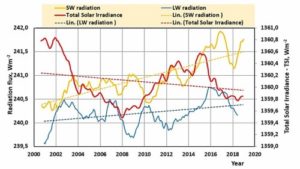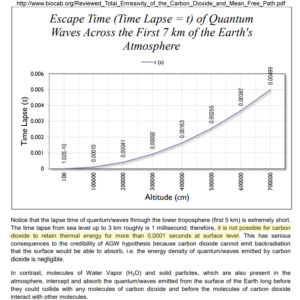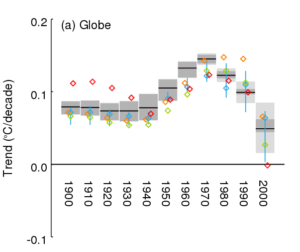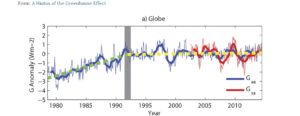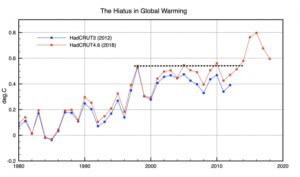by Edidorial Board, May 10, 2022 in Issue&Insight
Does anyone wonder where all the global warming destruction is? After all, the media are unrelenting in telling us how much climate change caused by man is affecting us. Yet no existential threat has emerged. There’s something off with the story.
The climate alarmists have based their predictions of doom on computer models that have been projecting global temperature increases, the likes of which, they tell us, are unsustainable. We must cut our carbon dioxide emissions, even if (actually, especially if) it hurts developed world economies.
This is the narrative we’re bombarded with on a daily basis. And it’s wrong.
Those models that have been used to fuel the fright are, without a doubt, unreliable. According to a recent story published in Nature magazine written by a group of climate modelers, “a subset of the newest generation of models are ‘too hot’ and project climate warming in response to carbon dioxide emissions that might be larger than that supported by other evidence.”
The authors, though, are careful to preserve the narrative, warning that “whereas unduly hot outcomes might be unlikely, this does not mean that global warming is not a serious threat.” They can’t help themselves.
While the modelers in the Nature article point specifically to problems with “a subset of the newest generation of models,” it’s obvious that the older models are no better. Last fall we covered a ScienceDaily report which noted that some researchers had concluded “a possible flaw in climate models” had been exposed, as the models failed to reproduce an observed event.
“When the history of climate modeling comes to be written in some distant future,” economist Robert L. Bradley Jr. wrote some months ago for the American Institute for Economic Research, “the major story may well be how the easy, computable answer turned out to be the wrong one, resulting in overestimated warming and false scares from the enhanced (man-made) greenhouse effect.”
…


